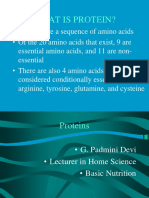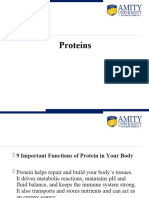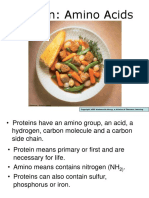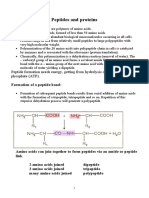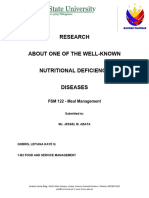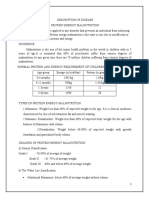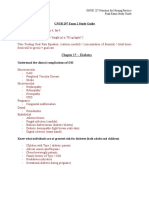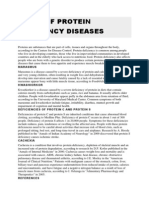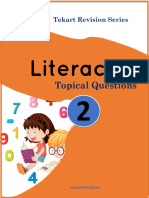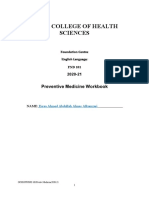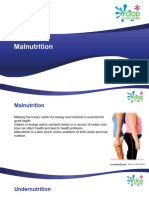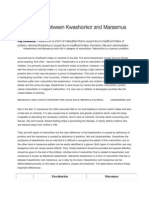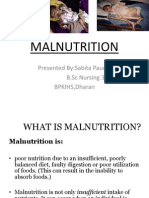0% found this document useful (0 votes)
18 views12 pagesProtein
Proteins serve various essential functions in the body, including acting as building materials, enzymes, hormones, and regulators of fluid balance. They undergo digestion and absorption processes that convert dietary proteins into amino acids, which are then used for protein synthesis or energy production. Protein quality is determined by digestibility and amino acid composition, with high-quality proteins containing all essential amino acids, while protein-energy malnutrition (PEM) can lead to severe health issues, particularly in children.
Uploaded by
sunogyubf682Copyright
© © All Rights Reserved
We take content rights seriously. If you suspect this is your content, claim it here.
Available Formats
Download as PDF, TXT or read online on Scribd
0% found this document useful (0 votes)
18 views12 pagesProtein
Proteins serve various essential functions in the body, including acting as building materials, enzymes, hormones, and regulators of fluid balance. They undergo digestion and absorption processes that convert dietary proteins into amino acids, which are then used for protein synthesis or energy production. Protein quality is determined by digestibility and amino acid composition, with high-quality proteins containing all essential amino acids, while protein-energy malnutrition (PEM) can lead to severe health issues, particularly in children.
Uploaded by
sunogyubf682Copyright
© © All Rights Reserved
We take content rights seriously. If you suspect this is your content, claim it here.
Available Formats
Download as PDF, TXT or read online on Scribd
/ 12





